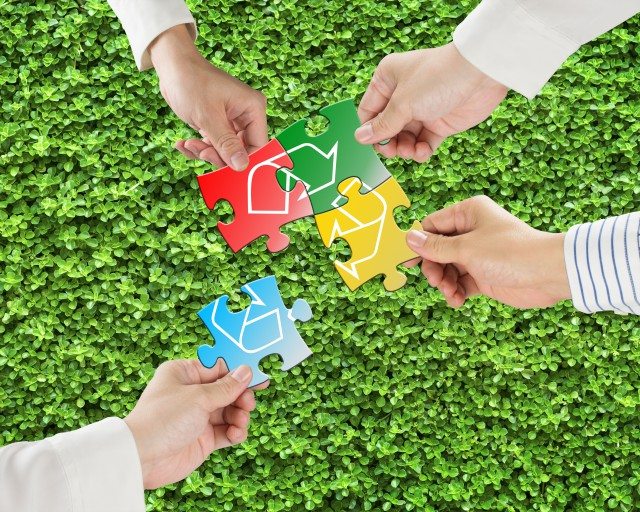21The Association of European Producers of Steel for Packaging (APEAL) has confirmed 2013 as the best year ever for steel packaging recycling in Europe.
An average European-wide recycling rate of 75% was achieved in 2013, one percentage point up from the previous year.
The methodology and data sources used for the calculation of the European steel recycling rate have been reviewed independently by the energy and waste specialist consultancy, Eunomia, who have confirmed the credibility of APEAL’s methodology and data.
The result confirms steel’s status as the most recycled packaging material in Europe and comes at a time when the recycling of other materials appears to stagnate.
The rate equates to over 20 years of continuous improvement by the steel for packaging sector where recycling rates have risen more than threefold.
“Steel has numerous inherent qualities that underpin improving recycling rates, but this data shows that the industry is working as hard as ever to reach our voluntary objective of 80% recycling rate by 2020,” says APEL secretary general Alexander Mohr.
“Steel recycles forever, with no loss of material quality and is easily recovered from any waste stream thanks to its magnetic properties.”
A ton of recycled steel saves over 1.5 times its weight in carbon dioxide emissions, over twice its weight in raw materials and uses 70% less energy than producing steel from virgin sources.
“The scrapping of the Circular Economy Package earlier this year by the EU Commission was clearly disappointing, but there are promising signs that a replacement will be announced soon that will provide ambitious recycling targets necessary for pushing Europe towards a circular economy,” says Mohr.
“APEAL is confident that this is the way forward and in the meantime we will continue to concentrate our efforts in those countries where there is still potential for increased steel recycling.”
“Steel is the perfect material for a circular economy” said Dr Ulrich Roeske, president, commenting on APEAL’s 2013 recycling figures.
“It sets the example for other materials to follow in our collective journey towards greater resource efficiency.”










